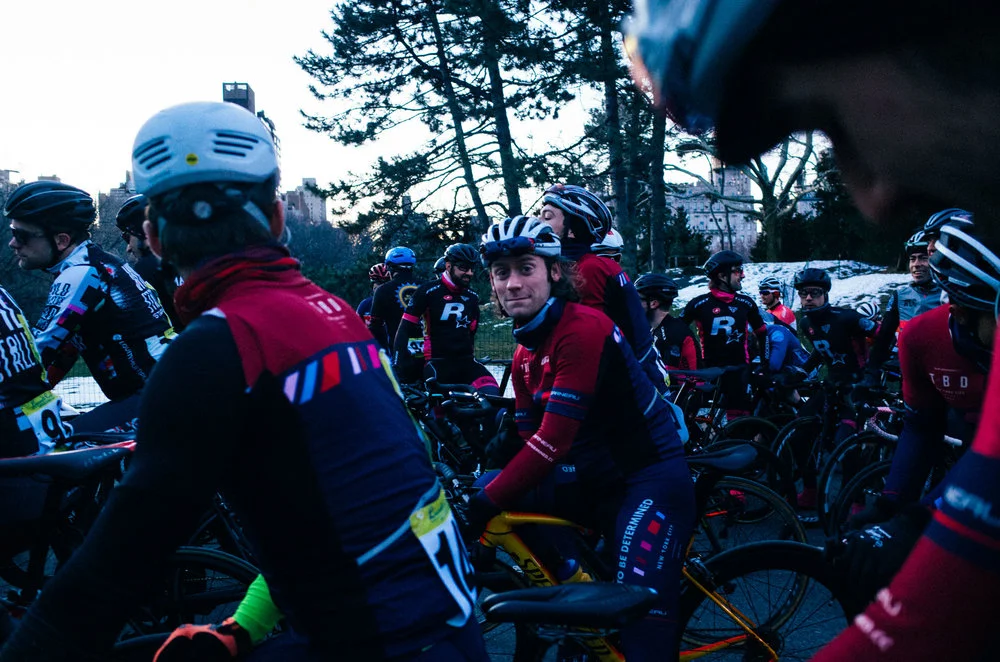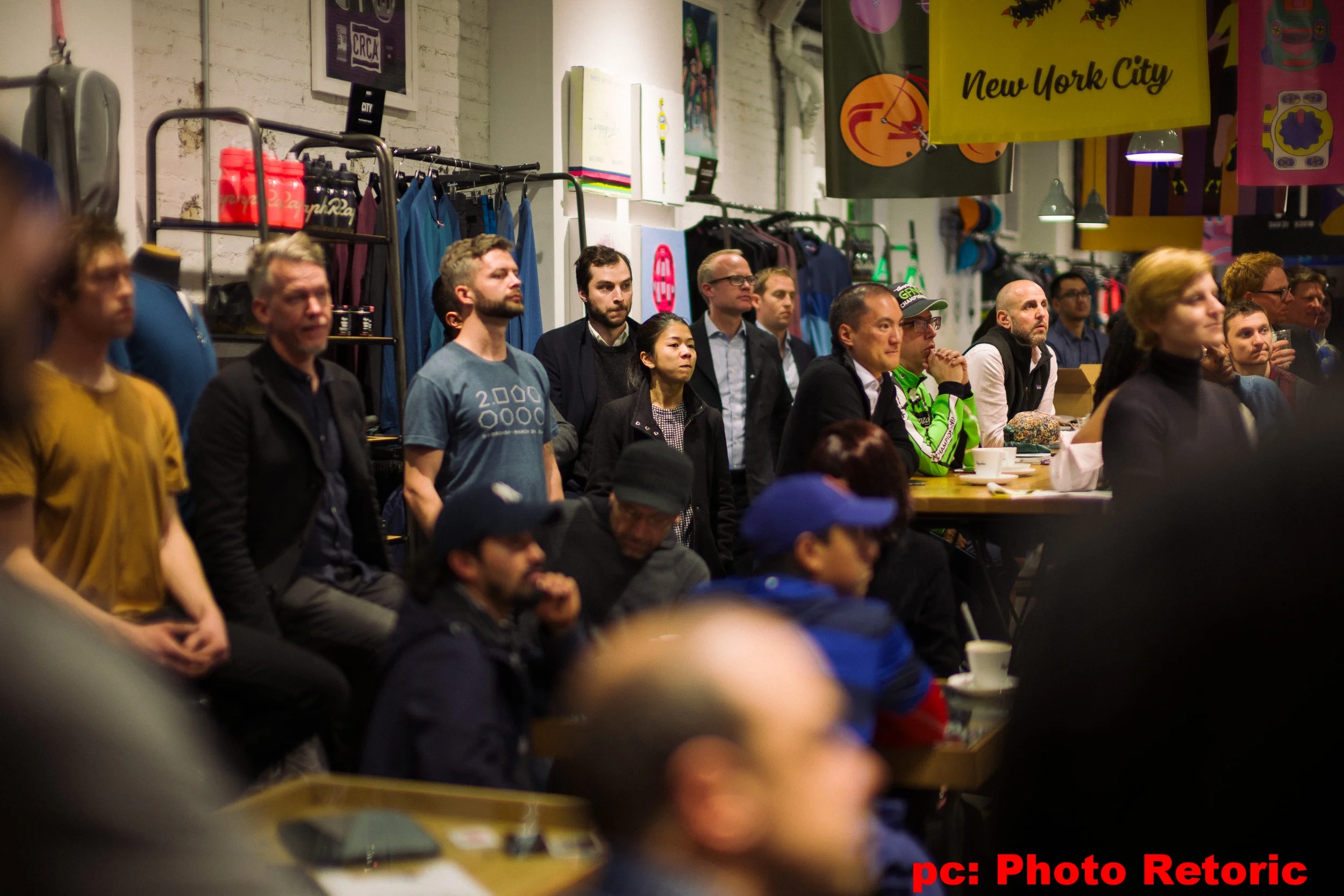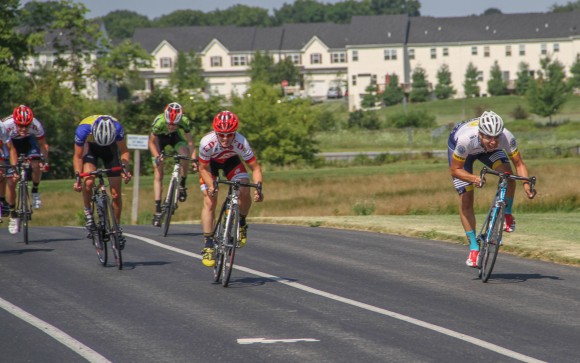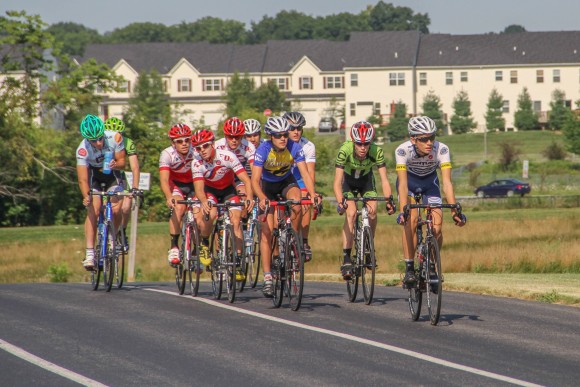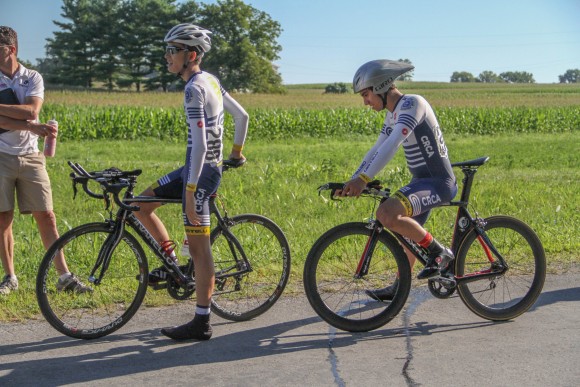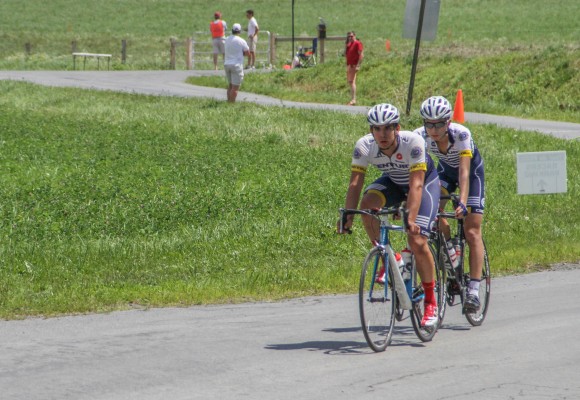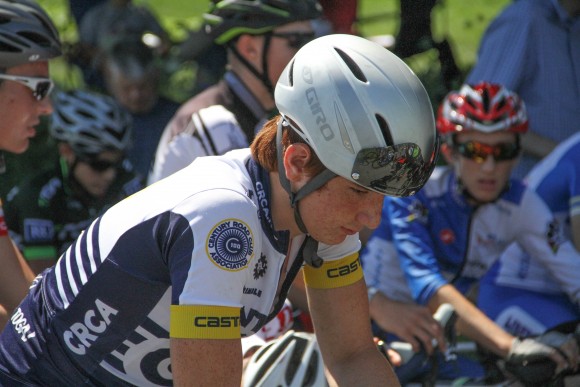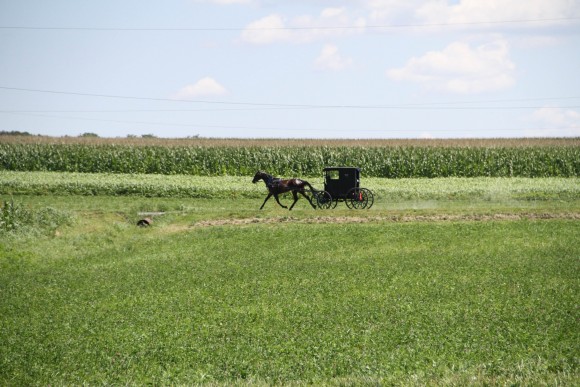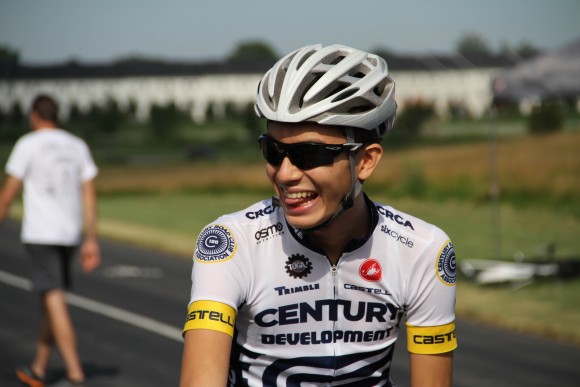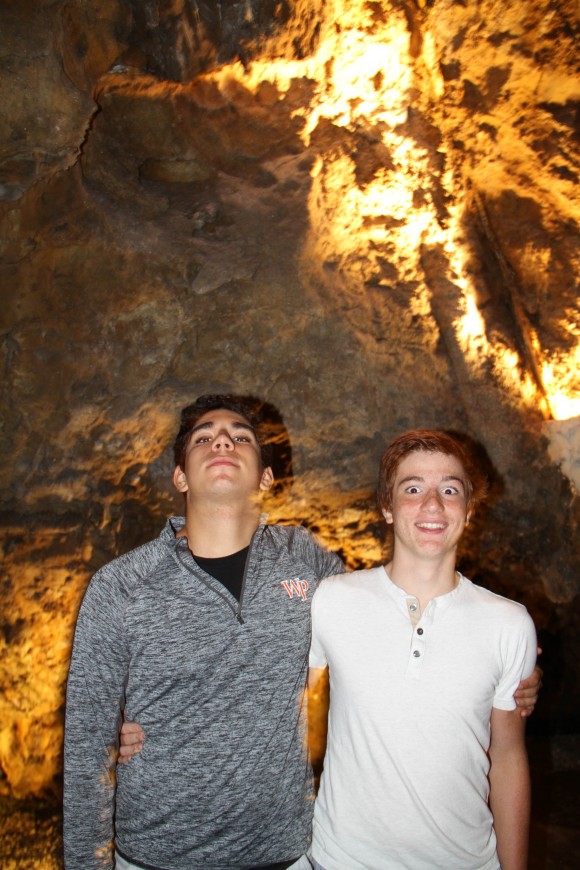Interested in trying bike racing? We have a great event for you!
Women's Development Kick-Off Party this Thursday
New Member's Welcome and Orientation
A Great Series Underway, Join In
The CRCA Two Seconds Ahead Women's Development Series p/b Specialized has seen over 90 women participate in our races, coaching sessions, and social events: JOIN IN
Future Cycling Champions Classic (Tour de FCCC) - Race Report
Your contributions to the Century Road Club Development Foundation (a tax-exempt entity) are used, in part, to fund its Grant Program, which gives financial support to members of the CRCA Junior Development Team to allow them to participate in regional and national level races. The juniors apply with a specific race in mind and the Team covers the majority of their racing costs. Recently, the CRCA Junior Development Team traveled to the 2015 Tour de FCCC. Here is Justin Strauss's race report in his own words.
To support the CRCA Junior Development Team, please donate here (membership login required) or contact Matthew Vandivort at clubracing@crca.net, and to find how you can help (volunteers/leaders are needed for coaching, ride leaders, marketing, sponsorship, etc.).
The Tour de FCCC stands for the Future Cycling Champions Classic and is unique in that it is one of the only annual all junior stage races in the country. It’s held in Pennsylvania’s Lehigh Valley (near T-Town) and marks one of the final stops of USA Cycling’s Road Development Race Series calendar. This year, the race conflicted with the Tour of the Catskills, but since this is my last season as a junior, I opted to race the last Tour de FCCC I’d be eligible to compete in. Kaan and Andrew joined me by staying overnight at the Kutztown Main Street Inn, one of my favorite bed and breakfasts, situated just 10 minutes from the races.
Stage 1:
I woke up to the sound of Kaan’s footsteps walking around the bathroom one floor above my room. He and Andrew left early since he had to register day-of and Andrew’s men’s 15/16 race started earlier than our 17/18 field. I stayed behind at the B&B to indulge in a not-so-light breakfast of oatmeal, yogurt, fresh fruit, and the innkeeper’s signature creme brulee french toast. The criterium is held at the Bob Rodale Cycling and Fitness Park, across the street from The Velodrome. It’s a one mile course with one short climb and no true corners, making it more like a short circuit race than a criterium. I hadn’t warmed up and lined up at the start line with Kaan amongst our small 10 person field. Like most other junior races, the pace started off easy. I ended up pulling the field for the first couple of laps and even tried breaking away with a Cannondale Sports rider to no avail. After the field reeled us in, one of the Young Medalist riders launched an uphill attack and his teammate counterattacked, eventually breaking away solo. The following lap, Kaan decided to make an attempt to do a solo bridge up to the breakaway. I moved to the front and slowed my pace to try to prevent the field from following him, but most of our competitors caught onto his wheel and I was left in the dust along with two others to form our own chase group. Just past the halfway point of our 20 lap race, the rider who broke away lapped my chase group and then went on to lap Kaan’s six person main group. With a couple of laps to go, we noticed that we were about to be lapped by Kaan’s group as well, but we stayed about 30 seconds ahead of them going into the finish. I won the sprint among my group of riders, but still ended up over two minutes behind the leader, in 8th place.
Stage 2:
I learned my lesson from the previous morning, giving myself adequate time to warm up and opting for a much lighter breakfast. Stage 2 is a 4.2 mile time trial on a rolling course with three short, punchy climbs. To prepare, I wore a skinsuit and shoe covers and outfitted my bike with aero bars and climbing wheels. Kaan and I were assigned the last time slots, so we were also able to sleep a bit longer. I was off a 8:51:30 AM and picked up speed pretty quickly, getting into a rhythm at about 28 miles per hour. Near the halfway mark, Kaan bridged the 30 second gap separating us and caught up to me. As we ascended the three consecutive climbs, we stayed within a few bike lengths of each other, being careful not to break the rules and accidentally draft. Having Kaan just up the road served as a positive motivator to help me dig deep and try to close the gap during the final minutes of the time trial. I ended up finishing 7 seconds behind him and improved my time compared to last year.
Stage 3:
The same group of 10 lined up for the road race, which is a 29 mile race consisting of seven laps on the time trial course. A few hours had passed since the prior race, so by then it was midday and temperatures hovered in the high 90’s. The surrounding farmland lacks any trees to shade the pavement, so there is no respite from the beating sun. The field stayed together, for the most part, during the first few laps. All attempts to go off the front were chased down to prevent a breakaway from forming. One of the less experienced Young Medalist riders (not the same one who won the criterium) lingered off the front going into the finishing straight with four laps to go. This time, the Cannondale Sports rider went to chase him down and rather than taking the field with him, the two of them stayed off the front. After a few minutes, we realized that they couldn’t be seen up the road anymore and their pace wasn’t letting up, so the chase ensued. The seven of us that remained only lasted as a group until we hit the three climbs. One rider went off the back on the first hill, Kaan peeled off on the second one, and I was the last to go on the third pitch, leaving only four riders chasing. I ended up riding solo for a couple of laps and in a fashion similar to the time trial, Kaan eventually caught up to me. This time, we were able to work together, taking pulls until the finish. And just like that, my three year run of racing the Tour de FCCC had come to an end.
Great job, guys!
CRCA Rider Education Clinic
News Flash: Upgrade Races and Points for Attending CRCA Racing Skills coaching sessions
New Racer Competency Checklist
The Pre-Competition Meal
Reducing Anxieties from Misconceptions about Bike racing
What if you could just think about a problem and make it go away? Great. Right? In bike racing that is possible. Three misconceptions overshadow bicycle racing and all 3 create a problem solved by correcting the misconception.
What can be done?
First, identify them.
The First Misconception
• Bicycle racing is a non-contact sport
This initial misconception creates the biggest roadblock. By viewing bicycle racing as a non-contact sport, the racer does not predict or prepare for being contacted. Let’s call our racer, Joe. Since Joe doesn’t think that contact is a part of racing, Joe doesn’t include it in his training. He trains in a well-coordinated group, never experiencing or learning the mechanics of being bumped and continuing to race. He never bumps others, never practices receiving a bump, and never practices contact, such as wheel touching. The mechanics and emotions of bumping are unknown to him.
Therefore, Joe shows up to race without the necessary mental equipment. It would be as if you showed up to a race without your helmet. You could still physically race without your helmet, but you would possibly incur a greater penalty if you fell. And usually that falling involves others.
Our naive Joe might experience this scenario. After a winter of intense training, Joe is stoked to race. However, in the aggressive start he is touched or bumped. Joe doesn’t expect this, so it surprises him. Having no clue how to respond, he stiffens in fear. This inflexibility, mentally, and now, physically, prevents or delays any corrective reaction. Joe then either wobbles around, unclips and everyone clears away from him or Joe, having accelerated in the initial dash for the first turn, jerks and over-turns his front wheel, steering into the main part of the pack and taking down 2/3 of the riders.
The Second Misconception
• Contact in bicycle racing results in crashes
As stated above, the initial roadblock has been removed and now Joe is bumping and touching wheels in training, still continuing to do intervals and sprints and still racing against his training partners. Joe now knows from his bumping program, contact, in many instances, will be benign or accidental and even if, intentional and menacing, can be fended off in a less violent way whereby both individuals continue in their race. Joe now knows that contact does not mean crash. Another change just by thinking.
The Third Misconception
• Being involved in a crash means that your race is over
This one is easy. There is a rule in your USAC rulebook that shows this as a fallacy. Rule 1Q9. Competitors may make no progress unaccompanied by a bicycle (relegation or disqualification). In the case of a crash, they may run with their bicycles to the finish line, staying on the course. (p. 63, Chap. I, General Regulations).
Even if you crash and are near the finish line, you can still win or place.
However, though, this knowledge and subsequent practice reduces crashing, ultimately, the racer will be involved in a crash. And not close to the finish line. At that time, if the racer can re-mount, the racer can still enter the race and perhaps even win or place.
To illustrate this, we review the pit and the free lap rule in a criterium. If a racer crashes, the racer, again, if the crash is not catastrophic, can get up, get a repair and continue the race--with no time or lap deficit. The racer enters the field without penalty. Then, if talented or smart, the racer may still win the race. As stated above, crashing does not mean that the race is over.
This scenario actually occurred at the Harlem Skyscraper Classic in New York City a few years ago.
Reduce anxiety by correcting the misconception
With a little time and no physical training, Joe can eliminate or reduce the anxiety and the over-reactions by simply acknowledging racing is a contact sport, at some point in a race. This change reduces the surprise of being touched or bumped. Now that bumping is an expectation, no reflexive reaction occurs. So, no panic or stiffening and twisting the handlebars. Joe neither wobbles nor crashes 2/3 of the field.
To assist further, Joe could learn contact and bumping mechanics and practice in his training. Many of these techniques require counter-intuitive decisions, which may require someone to teach to Joe. While this is more than thinking, it also is a non-fatiguing form of practice that will set Joe up to finish upright.
Hopefully, this re-framing of typical bike racing misconceptions encourages racers to explore the many options, mechanics and skills available through coaches, Club coaching programs, literature and real world examples of racing techniques aimed at keeping you “up and between the ditches.” If nothing else, hopefully, it reduces anxieties related to these faulty views.
Scot Willingham, MA, ACSM, CSCS, USAC is a neuromuscular re-educator that coaches cyclists and other endurance athletes while working as a strength and conditioning rehabilitation expert in NYC. He is a recent graduate of Teachers College, Columbia University's Motor Learning department. Motor Learning is the field that researches human motor control and is used as the foundation for many pedagogical decisions in physical education, sports coaching, movement teaching and rehabilitation.
References:
Hardy, L. Stress, anxiety and performance
Journal of Science and Medicine in Sport, 2(3):227-233.
Van Mechelen, W. et al. (1996). Subject-related risk factors for sports injuries: a 1-yr prospective study in young adults. Medicine & Science in Sports & Exercise, 28(9):pp 1171-1179.
